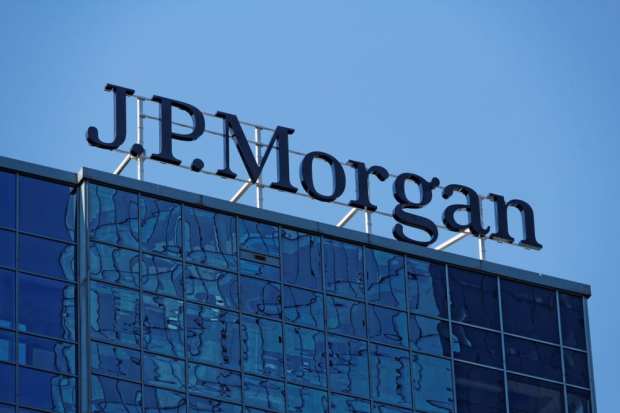JPMorgan Q2 Chase Credit Card Volume Plunges 23 Pct

J.P. Morgan Chase – America’s biggest bank in asset terms – on Tuesday (July 14) became one of the first financial firms to show how big of a bite COVID-19 took out of its second-quarter top and bottom lines. The effects were notable and profound. All in, the bank reported a 51 percent earnings plunge, with profits falling to $4.7 billion from $9.7 billion a year ago.
Those declines were pushed largely by JPMC’s hard-hit consumer banking segment, where revenue fell 26 percent to $5.1 billion. Results also reflected new provisions for spiking credit losses and growing uncertainty over the nation’s path toward recovery during the second half.
Back in May, CEO Jamie Dimon said he thought the odds were “pretty good” that a recovery would happen, but he sounded a bit more doubtful on Tuesday. “Despite some recent positive macroeconomic data and significant, decisive government action, we still face much uncertainty regarding the future path of the economy,” he noted in a statement that accompanied J.P. Morgan’s results.
However, Dimon affirmed that JPMC is backed by a “fortress balance sheet” and is prepared to weather any and all eventualities.
“As one of the world’s largest financial institutions, our actions are critical to keeping the global economy going – from processing $6 trillion in payments each day worldwide to keeping three-quarters of our nearly 5,000 branches open – and safe – to meet individuals’ financial needs,” he said. “During these unprecedented times, J.P. Morgan Chase remains resilient and steadfast in using all of our resources to support our colleagues, clients and communities across the globe.”
But given the current economic headwinds, JPMC’s path through the second quarter was bumpy. For example, its retail banking division posted a $176 million loss versus a $4.2 billion profit at the same time last year.
On the other hand, J.P. Morgan’s corporate and investment banking unit saw revenue grow 16 percent to $16.4 billion. Commercial banking revenue rose 5 percent to $2.4 billion, while asset and wealth management revenues grew 1 percent to $3.6 billion. Equity markets revenue gained 38 percent to reach $2.4 billion.
Moreover, Dimon noted that while the bank saw some of its lending portfolio hit hard by the pandemic during the second quarter, JPMC has also started seeing some green-shoot signs of returning consumer demand.
“Card sales volumes are down, but have been consistently trending upward since April,” Dimon said. “We [also] remained active in home lending on the strength of our digital platform, and auto originations picked up in the second half of the quarter, driven by pent-up demand in states that are reopening.”
JPMC further reported that it has raised more than $1.2 trillion of credit and capital thus far in 2020. That includes $107 billion in credit for consumers, $11 billion for U.S. small businesses, $404 billion for corporations and $651 billion for corporate clients and non-U.S. government entities. The figure also includes $53 billion in credit and capital raised for nonprofit and U.S. government entities, including states, municipalities, hospitals and universities. Moreover, JPMC reported distributing $28 billion of loans under the Small Business Administration’s Paycheck Protection Program (PPP).
All in, investors were encouraged by JPMC’s dented-but-not-destroyed performance. The bank’s numbers beat analysts’ expectations, and shares initially surged 3.7 percent in premarket trading – although prices later pulled back to $98.03, a 0.1 percent gain, shortly before noon ET.
